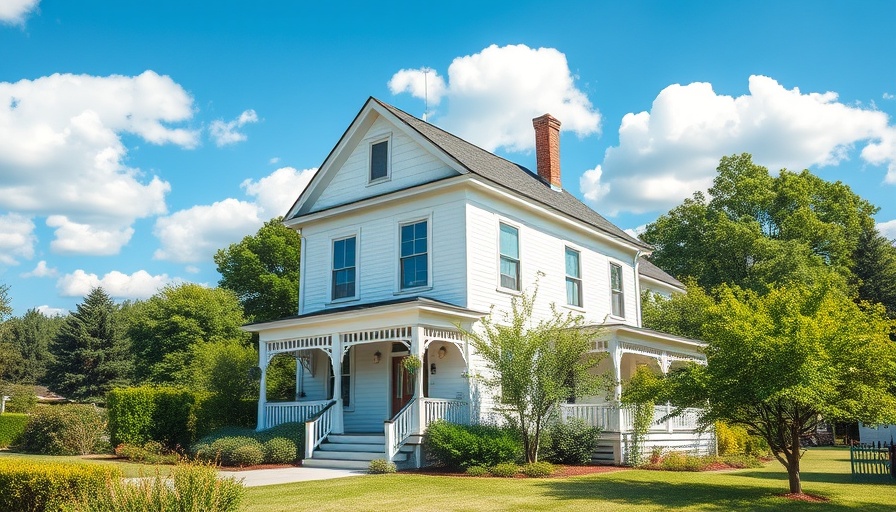
Understanding Move-In Timelines After Closing
Buying a home is a thrilling journey, but an essential question many new homeowners face is: “When can I actually move in?” While most buyers can usually get their keys and start the moving process immediately on closing day, specific conditions can affect this timeline. Sometimes, the move-in date may be set days or even weeks after closing, based on agreements with the seller or types of construction involved. Therefore, it’s crucial to understand the occupancy date as outlined in your purchase agreement.
The Importance of Your Occupancy Date
Your occupancy date is the official indication of when you can legally take possession of your new home. If your contract states that the occupancy date coincides with closing, you can typically move in on that day. Most buyers of ready-to-move-in homes enjoy this benefit, allowing them to begin the transition to their new living space without delay. However, if your contract outlines a later occupancy date—often due to seller concessions or legal stipulations—you will need to plan accordingly.
When Can You Move In?
Ideally, you want your move-in date to match your closing date for a seamless transition. If all conditions align and the sale is funded and recorded, you can collect your keys and start moving in right away. This is the case for most buyers purchasing homes that are ready for occupancy.
Common Scenarios for Delayed Move-In Dates
While many buyers close and move in on the same day, there are several scenarios where the occupancy date might be postponed. Understanding these situations can help you better prepare for the moving process:
- Seller Rent-Back Agreements: This occurs when the seller needs more time to vacate after the deal is closed. Typically, this delay is mutually agreed upon and can last from a few days to several weeks.
- New Construction Delays: If you’ve purchased a newly built home, there may be unforeseen delays in construction or final inspections, leading to a shift in your move-in timeline.
- Negotiation Terms: Sometimes, the precise timing may be part of negotiations that benefit both parties. Flexibility on move-in dates can pave the way for better cooperation.
Planning for Your Move
Understanding your occupancy date impacts not only your moving plans but also practical matters like setting up utilities or arranging for interim housing. If you find yourself in a situation where you cannot move in right away, consider the following tips to make your transition smoother:
- Set Up Utilities Early: Ensure utilities are in place before your actual move-in date to avoid inconveniences.
- Coordinate with Movers: Schedule your movers with an understanding of your occupancy date to avoid added costs or logistical issues.
- Plan for Temporary Housing: If there's an extended wait between closing and moving in, identify temporary housing solutions well in advance.
Final Thoughts on Your Move-In Date
Navigating the closing process and understanding your specific situation regarding move-in dates can set the tone for a positive transition into your new home. Being informed about the nuances surrounding your purchase agreement not only facilitates planning but also reduces surprises.
If you found this information helpful, consider reaching out to real estate professionals for personalized guidance tailored to your unique circumstances. Preparing adequately ensures that your new home becomes a comfortable space as soon as possible.
 Add Row
Add Row  Add
Add 



Write A Comment